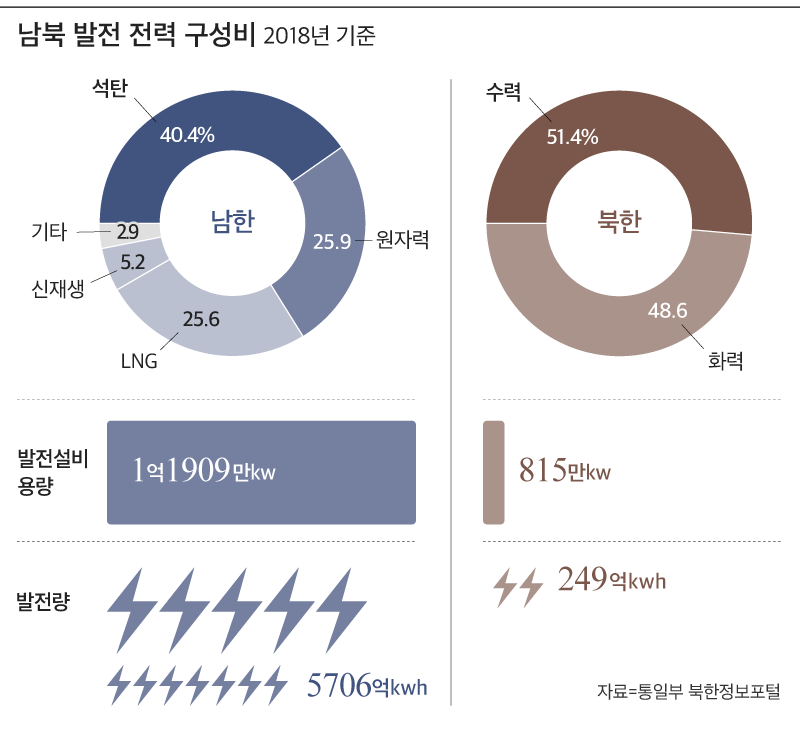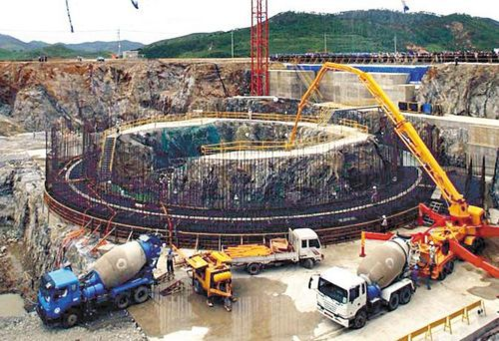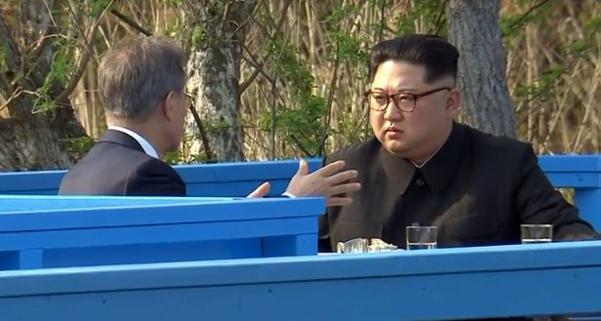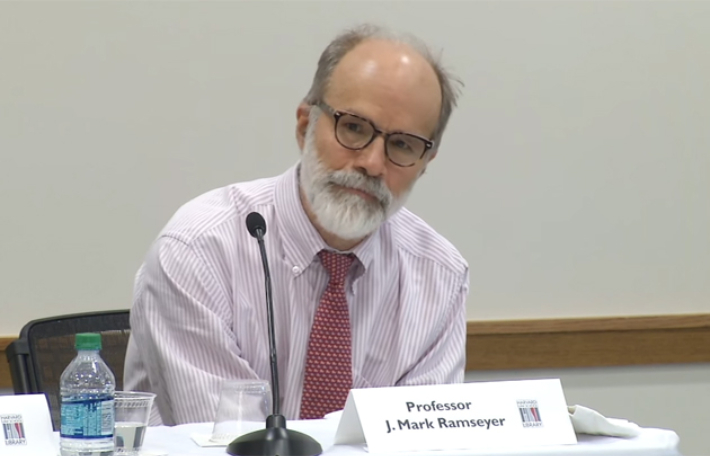Input 2021.02.02 06:00
According to the’Proposal for Cooperation with North Korea in the Power Generation Field’ submitted by Assemblyman Kwon, East-West Power has prepared a plan to construct solar and wind power plants in the short term and thermal power plants in the long term. In the data, solar and wind power generation, which has a short period of preparation for the project, will be installed first, and a plan to build a’peace power plant’ in Yeoncheon-gun or the DMZ, which is the border between the two Koreas, is included in the medium term. This power plant is designed to be a 500MW class combined cycle power plant that uses liquefied natural gas (LNG) and liquefied petroleum gas (LPG) as fuels to supply power to industrial facilities in North Korea.
–
–
As suspicion of the Moon Jae-in administration’s “promotion of nuclear power plant construction in North Korea” arose, the North Korean power support projects promoted by the previous government are drawing attention. The Ministry of Industry explained that this nuclear power plant construction was also “idea level.” This is the same explanation as in the controversy over the’establishment of peace power plant’ in 2018.
North Korea has been experiencing a power shortage for a long time, and there have been several support movements from the Korean government and China and Russia. Electric power assistance is considered an important means of bringing North Korea to the dialogue table. There is also a possibility that North Korea will demand the construction of a nuclear power plant in its country on the premise of denuclearization. This is why the Moon Jae-in administration continues to review plans for North Korea’s power support.
There is little room for the international community to help solve the power shortage in North Korea right away. This is because the power shortage is due to structural problems such as hydropower-oriented power generation, aging transmission and distribution systems, and difficulty in thermal power generation due to the supply of low quality coal.
North Korea’s distribution standard voltage and frequency is 220V/60Hz, the same as South Korea’s, but not only is the supply of low-quality power with severe voltage and frequency fluctuations, and power outages occur several times a day without notice.
–

–
North Korea’s power generation facility capacity was about 8.15 million kilowatts (kilowatts) as of 2018, accounting for only 6.8% of Korea (111.9 million kilowatts). The actual amount of power generation is 24.9 billion kwh (kilowatt-hour), which is divided into hydraulic power (12.8 billion kwh·51.4%) and thermal power (12.1 billion kwh·48.6%). This is only 4.4% of Korea’s total power generation (5706 billion kwh).
In order to overcome the power shortage, North Korea continued to implement policies to expand small and medium-sized hydropower plants, but the reality is not easy. In a data published last September, KOTRA Nagoya Trade Center analyzed that “North Korea is highly dependent on hydroelectric power, but in winter when the river is frozen, electricity is chronically short of electricity every year, and then it is common to recover from the end of March.” In 2017, due to the worst drought, the amount of power generation sharply declined, and the agricultural and livestock industries were hit directly, and there were problems in securing food. The Ministry of Unification said, “The chronic energy shortage phenomenon leads to a decline in the industrial utilization rate in North Korea, and it is analyzed that the utilization rate remains around 30% in most industries.”
The construction of a nuclear power plant was the longing dream of President Kim Jong-il, who wanted to resolve the power shortage and energy independence. In the past, the Korean government has promoted the construction of a nuclear power plant in North Korea. At the time of the Geneva Agreement in October 1994, the Korean government decided to build a light water reactor in North Korea instead of giving up its nuclear weapons, and provide heavy fuel oil until the light water reactor was completed.
After that, it went through a fierce negotiation process for more than a year until the nuclear reactor, the core of the light water reactor power plant, was confirmed as a Korean standard type, and in December 1995, the Korean Peninsula Energy Development Organization (KEDO) and North Korea finally signed an agreement to provide light water reactors. In August 1997, the construction of the light water reactor began with the groundbreaking ceremony in Geumho District (Sinpo), South Hamgyeong Province, but the second North Korean nuclear crisis was triggered by the announcement of the United States in October 2002 that North Korea admitted to the highly enriched uranium (HEU) plan. The light water reactor construction business began to shake.
–

–
Afterwards, the Minister of Unification Chung Dong-young at the time of the Roh Moo-hyun administration suggested a plan to directly send 2 million kW of electricity to North Korea. After the remarks of the Minister at the time, a new theme stock called “North Korea transmission stock” was created by grouping power-related companies. Transmission stocks to North Korea surged whenever there was an issue related to North Korea’s support for the Moon Jae-in administration.
During the Lee Myung-bak and Park Geun-hye administrations, a separate power support project for North Korea was not considered as tensions between the two Koreas increased. When the Park Geun-hye administration closed the Kaesong Industrial Complex in 2016, Korea Electric Power (015760)The electricity being transmitted to this Kaesong Industrial Complex was also cut off.
There is also an analysis that it is practically impossible to provide power to North Korea. As North Korea is under severe sanctions from the international community for its nuclear issue, the South Korean government cannot provide power assistance that is considered as a strategic material. It is impossible for South Korea to independently build a nuclear power plant in North Korea because the US possesses the original technology for a Korean light water reactor.
–
– .


